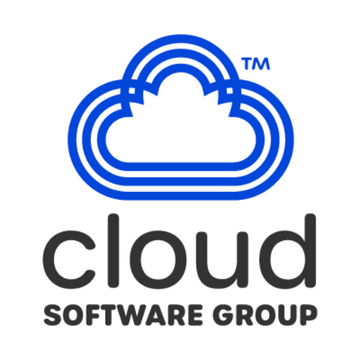We all know that the nature of work has changed dramatically in the last few years. With the majority of information workers now operating remotely at least some of the time, expectations about how businesses can or should enable their productivity have been transformed.
They need to pick up and put down work at will, fitting their contributions to the business around personal commitments like the school run. They need to come into the office and have the same experience of platforms and tools as they’re used to at home. They need to access data as easily when they’re on the go or in the field as they do anywhere else.
It’s a shift that’s been made possible by a digitalized approach to productivity and the emergence of a diverse breadth of tools that take work out of the office and put it wherever employees need it to happen. That technology has often been applied reactively, maintaining productivity levels both as staff preferences change and in the midst of adverse circumstances.
What sits at the heart of those workers’ needs, though, is not productivity per se, but the employee experience. There’s a good reason why businesses should build their remote work strategy accordingly: employee engagement has a decisive impact on business success. According to Gallup, companies with high engagement are 23% more profitable and experience 18-43% lower staff turnover than those with low engagement. The impact of the latter fact should not be underestimated, as voluntary staff turnover costs businesses $1tn annually in the US alone.
That puts the onus on businesses to create working environments which are not just available and accessible, but sustainable and supportive. At the same time, remote working technology needs to be financially sustainable and effectively support strategic goals from the business’s perspective.
To achieve that, business leaders need to evolve from applying remote working solutions reactively – standing up tools wherever they are needed to surround the employee with options – to applying them proactively and strategically, guiding employees towards a simpler, more beneficial way of working with the technology.
An ability to address these related challenges is one reason why Citrix DaaS on Google Cloud is such an exciting development to me: it’s one of those rare technology opportunities which both creates a win-win outcome today and establishes a basis for successful operations well into the future.
Take, for example, its ability to suspend and resume virtual machines (VMs) at will. Suspending a VM preserves its memory, device state, and application state so that an expensive Google Cloud instance can be shut down and substituted with much lower static storage costs. This process is triggered by an automated policy set by IT administrators, and resuming the VM happens seamlessly – meaning that the system scales in line with how people actually choose to work, rather than staying active all the time. The outcome for the business is an estimated 66% saving in VM costs.
There’s a similar benefit from an IT perspective with the usage of Citrix Control Plane hosted on Google Cloud. For organizations already committed to Google Cloud enablement, Citrix Control Plane means that they can also manage all their DaaS resources through the Google Cloud console, aligning productivity insight and management with the rest of their tools. As businesses’ technology functions take on increasingly strategically important roles in every sector, this offers a simpler and more engaging process that frees up time for higher-value, innovative work.
Citrix Control Plane is also a feature that supports businesses with security and compliance, as it can be hosted in both US and European points of presence to meet data sovereignty requirements. Citrix DaaS on Google Cloud delivers a range of security features at the user level, too: anti-keylogging and granular screen sharing controls ensure that sensitive data isn’t deliberately or inadvertently exfiltrated, while automated data watermarking provides assurance for businesses meeting sector-level regulations like HIPAA. Collectively, features like this add up to ensuring that data is anywhere it needs to be, not everywhere it shouldn’t be.
Of course, these benefits come on top of the core value of Citrix-powered workforce enablement. From the user’s perspective, that’s about enjoying a consistent experience across any device – whether company-owned or in a bring-your-own-device model – without lag or slowdown. From an IT perspective, it’s also about enabling security with contextual, persona-based data access and the ability to quickly and safely provision new users, including seasonal and contract workers.
Operating that in the cloud puts it on a more flexible, scalable, and efficient footing – and, just as importantly, right-sizes it to employee experience needs by putting productivity more precisely where and when people need it.
It can be tempting to think of our flexible working future as an always-on office. However, the right approach, for both employees and the technology that enables their productivity, is a virtual office that’s on precisely when it needs to be.
For more information on how Citrix and Google are driving the future of work, check out the latest webinar I delivered with Google here. And keep an eye on the blog for even more exciting updates to come.
Disclaimer: The development, release and timing of any features or functionality described for our products remains at our sole discretion and are subject to change without notice or consultation. The information provided is for informational purposes only and is not a commitment, promise or legal obligation to deliver any material, code or functionality and should not be relied upon in making purchasing decisions or incorporated into any contract.



